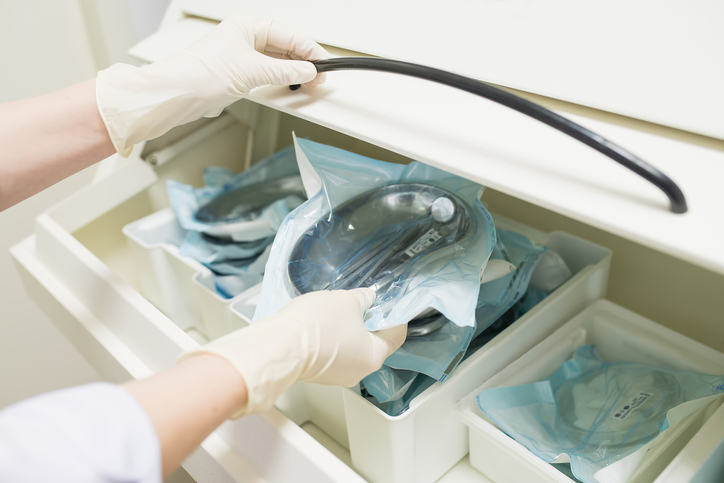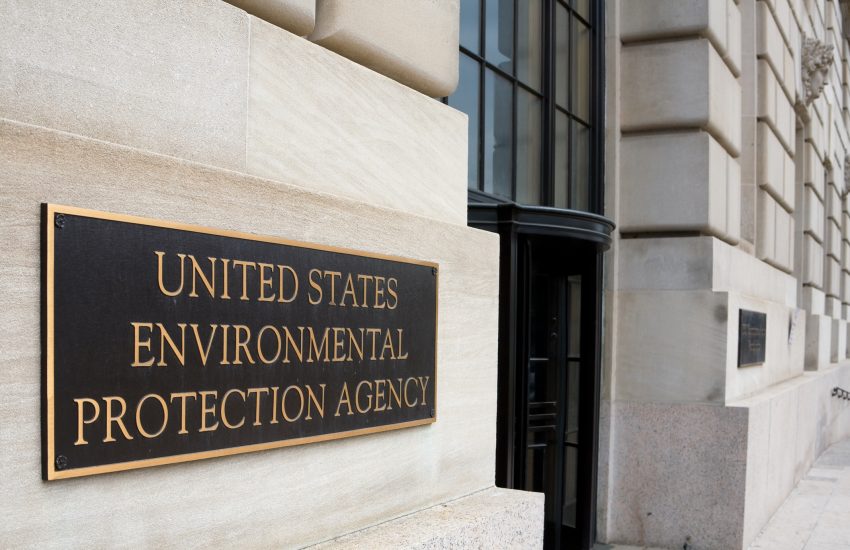The Environmental Protection Agency announced March 12 it set up an e-mail account allowing the regulated community to request a presidential exemption under Section 112(i)(4) of the Clean Air Act (“CAA”).
The CAA permits the president to grant exemptions to stationary sources from compliance with any standard or limitation set forth under Section 112 for up to two years if the technology required to meet the standard is not available and if it’s in the United States’ national security interests.
In particular, the EPA requested …
Continue Reading








